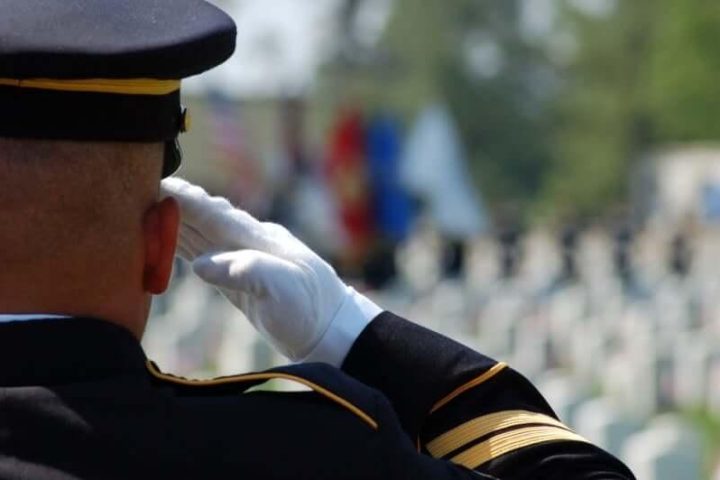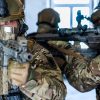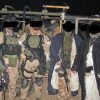Military tactics refer to the concepts and methods used to achieve specific objectives in combat or in military operations other than war. In wartime, tactics focus on applying combat power to defeat the enemy in engagements and battles. Combat power is the total destructive force a force can bring to bear—it’s a unique combination of physical, moral, and mental factors. Tactics shape the actions and counteractions between opposing forces.
They involve the use of maneuver, supported by the coordination and application of firepower, to gain an advantage and defeat the enemy. In operations other than war, tactics might include the strategies and methods used to carry out missions like crowd control or securing the delivery of food, medicine, or supplies to populations in need. Tactics may go by many different names, but the objective remains the same: to accomplish the mission effectively.
The Art of Tactics
As the definition suggests, military tactics combine both art and science to achieve victory over the enemy. The art of tactics lies in how military force is creatively organized and applied in any given situation. It involves the formation, positioning, and maneuvering of combat power. Questions like “When do we flank the enemy?”, “When do we ambush?”, or “How do we use speed and momentum to gain a decisive edge?” are central to the tactical art.
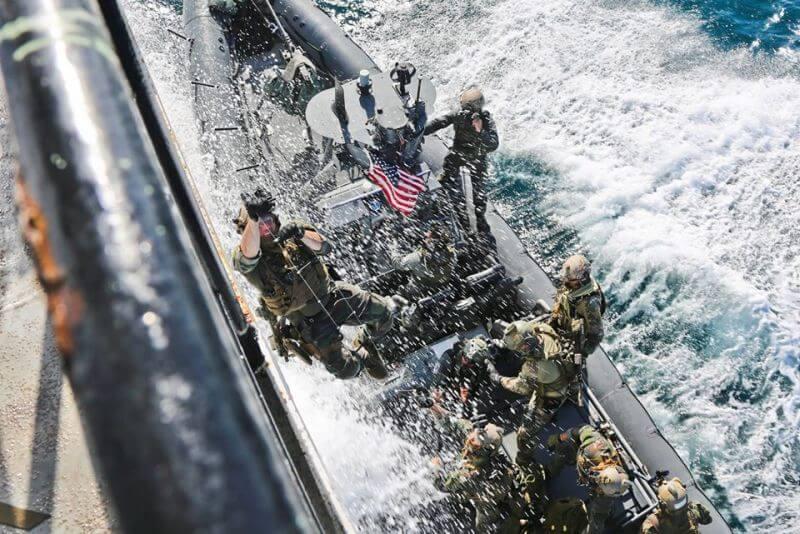
This type of creativity is not spontaneous—it is developed through education, repeated practice, and real-world experience. The art of tactics requires intuitive judgment and an understanding of human behavior, terrain, and timing. Leaders must be able to make decisions in fluid, high-pressure environments, often with incomplete information.
The Science of Tactics
The science of tactics lies in the technical application of combat power. It includes mastering techniques and procedures that contribute to warfighting proficiency. Examples include:
- Marksmanship: Precision shooting under stress
- Navigation: Land navigation and GPS utilization
- Gunnery: Employment of crew-served weapons
- Close Air Support (CAS): Coordinating air assets in support of ground forces
- Communications: Secure, reliable, and timely exchange of information
Mastering these skills requires structured and continuous training. Execution must become second nature so that when the time comes, soldiers react instinctively and effectively. Without technical proficiency, tactical creativity has no foundation.
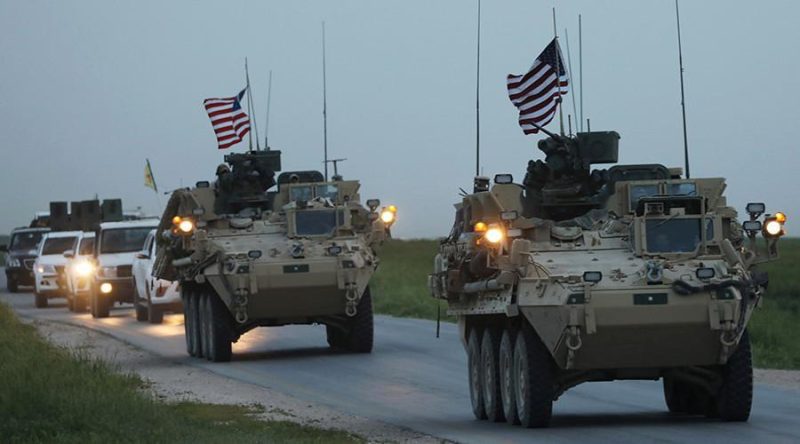
Tactics in the Bigger Picture: Strategy and Campaigning
Now that we’ve explored the art and science of tactics, let’s examine how tactics complement strategy and campaigning. Strategy and campaigns place forces at the right place and time—tactics are what we use to win once they’re there. War typically involves many engagements that create a continuous fabric of military activity.
Sometimes, a series of engagements merges into a larger battle lasting hours, days, or even weeks. Tactical competence is essential in these scenarios. Leaders at the operational and strategic levels use tactical victories to achieve campaign success and, ultimately, win the war.
Tactical Victory and Combat Objectives
In combat, the ultimate objective is victory. Sometimes, this requires the physical destruction of enemy forces. In other cases, it may be more effective to undermine the enemy’s will to fight. Modern military operations must be flexible enough to handle both scenarios.
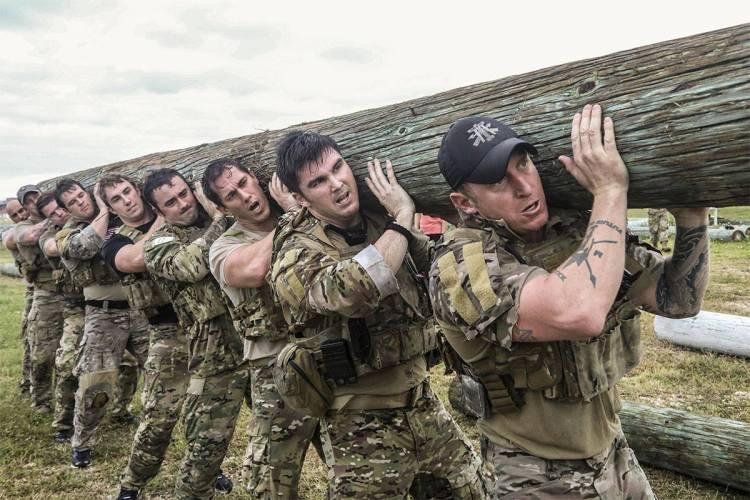
Army units, for example, must be prepared to destroy enemy forces when necessary—as was the case during World War II. At other times, such as in peacekeeping or stability operations, complete destruction may be counterproductive or unnecessary.
As the Commanding General of the 1st Marine Division during Desert Storm put it, “Our focus was not on destroying everything. Our focus was on the Iraqi mind and getting behind it.” This highlights a key truth of modern warfare: victory can be psychological as much as it is physical.
Conclusion
Military tactics are more than just movements on a battlefield—they are the link between strategy and execution. They require both creative judgment and technical mastery. When executed properly, tactics turn plans into victories and define the outcome of wars.






